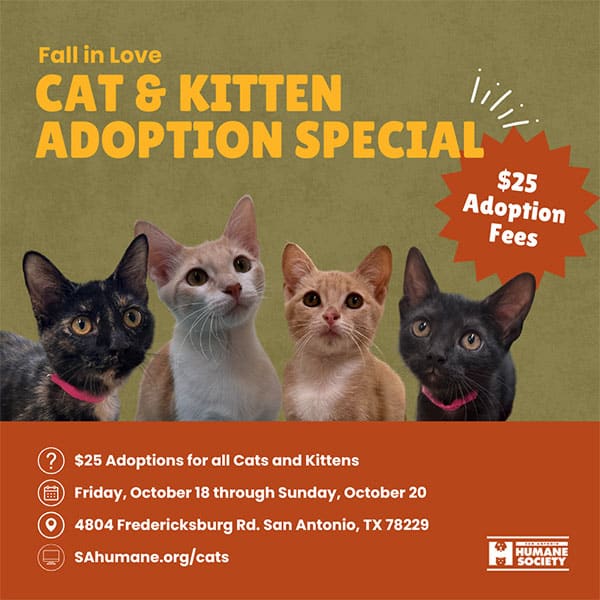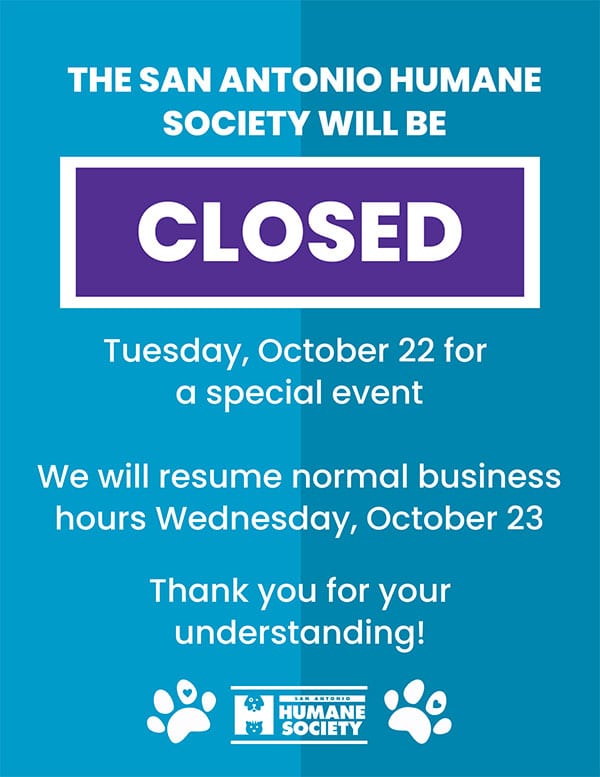Summer is here and with the onset of triple digit days it is important to keep in mind the safety of our four legged friends. The following are frequently asked questions concerning heat related illness in our companion animals:
1. Is it true that heat related illness is more common in animals?
In short, yes. Most animals, and especially dogs and cats, do not sweat over their full bodies like humans do. Their body is instead covered with a dense layer of fur. These two contributing factors mean that they are incapable of releasing heat quickly enough to stay cool when faced with extreme heat conditions. A dog or cat’s sole way of reducing body heat is through panting and the pads of their feet. It is not very efficient.
2. What disorders are we talking about when we say “heat related illness”?
Heat exhaustion and heat stroke are the two most common forms of heat related illness. Heat exhaustion is the first step and easily reversible without lasting damage to the pet. Heat stroke is more severe and can leave permanent brain or nerve damage or could even be fatal.
3. What are the symptoms of heat exhaustion?
Heat exhaustion will begin as intense panting. The tongue will take on a wide flat shape and be lolling out of the animals’ mouth appearing much larger than normal. The animal may be reluctant to rise and could even begin to seem a bit disoriented or dizzy. Their body temperature may rise to 105-107 degrees and begin to affect their thought processes. Vomiting can occur as can “fainting” or brief moments of unconsciousness.
4. What are the symptoms of heat stroke?
Heat stroke is the next stage of heat illness. You may have seen the symptoms listed above but not known what they were or you may have missed them entirely. At the stage of heat stroke, your pet’s life is in danger. Diarrhea and vomiting are common. You may no longer see the pet panting but their gums and tongue may be dry and very red. They may or may not be conscious but they certainly won’t be acting like themselves. Seizures can occur at this stage and are a sure sign that damage has already begun in the brain. An animal’s temperature can reach up to 109 or 110 degrees.
5. What do I do if I see signs of heat exhaustion?
If you see the above signs of heat exhaustion in your pet, immediately get them somewhere cool and physically stop their activity! Dogs sometimes, like humans, get so excited by being in a new place or doing something new that they do not realize they have overdone it until it is too late. Shade or better yet air conditioning is imperative to reversing the rising temperature. Get the animal wet especially around the throat and belly. Running water is better as a bathtub or pond does not always circulate new cool water around the animal’s body. Let them drink water. Monitor their body temperature with a thermometer if possible. Once the temp is down to 103, stop the cooling process! It is possible to overcool the animal and give them hypothermia if you cool their temp back to normal. Even if the animal seems to recover well it is important to see a veterinarian in case low levels of dehydration are still present. Even small levels of heat exhaustion or stroke can cause kidney damage without proper hydration.
If you see signs of heat stroke, seek veterinary care IMMEDIATELY! Begin cooling on the drive but do not spend time to accomplish it. Immediate fluid therapy and cooling is necessary to save their life.
6. How do I prevent heat related illness?
Prevention is more important than treatment and requires some very simple steps and knowledge:
1. Never leave your animal under direct sunlight without access to shade or plentiful water. They need the ability to escape the sun’s harsh rays just like we do.
2. Never leave your animal a water bucket they can spill as their only source of drinking water. Hot dogs search for a means to cool off and just like little kids many like to play in the water as an aid to that process. If they can spill or dig in their water bowl, they will to help refresh themselves. This can lead to a potentially deadly situation with a dog with no water out in the heat.
3. Never leave your animal (or child) in a parked car, even with the windows cracked. In several Univeristy studies performed to evaluate the internal temperature of a parked car it was routinely found that the car’s temperature was on average 12-20degrees HOTTER than the outside temperature. This means that even external temperatures in the low 80’s were hot enough to reach the high 90’s or even over 100 degrees. That’s plenty hot enough to begin the road to heat stroke. Temperatures begin climbing the moment you shut the driver’s door. The temperature skyrockets in the first 5min, in one study going from 62 to 86 degrees. Within 15min, the interior was at 107. Cracking the windows or parking in the shade does not slow that process very much. Another important fact noted in this study is that animals left in the bed of a pickup or on the bed of a service truck are in no less danger. Even though ambient temperatures maybe lower, the animal is often in direct sunlight or in direct contact with metals that can reach up to 131 degrees!
4. When taking your dog with you to places like the beach, hiking, or the park, take plenty of water, rest often and find shade. Make sure to monitor your dog’s exercise level and notice if you begin to feel overly warm, they will too.
5. Watch hot concrete! Hot concrete and asphalt can not only radiate more heat back up at the animal but also burn sensitive footpads and bellies. Care should be taken if walking on hot concrete to provide adequate foot cover or allow your pet to walk in the grass instead.
The summer provides many opportunities for you and your pet to get away and explore. Remember to pack for safety if taking your pup with you. But if you are running to the store or out to eat, leave the pets at home where they will be safe.












